Significance
The Mayasvi Festival is one of three major festivals of the Tsou indigenous tribe. The festival reflects historical ties between the various Tsou clans. Most of its events revolve around the kuba, the tribe’s meeting house, which serves as the main gathering place and spiritual center for the men of the tribe. Mayasvi reinforces tribal solidarity, illustrates the differing roles the men and women of the tribe play in maintaining tribal ethics, norms of life, dances, and religion, and preserves the rituals through which the wisdom of the gods is venerated. The polyphonic choruses sung during the festival keep alive a longstanding heritage of tribal music, literature, and history. In recent decades, external influences and pressures have resulted in the Tsou Tribe becoming Sinicized and adopting Chinese language, lifestyle, and customs. In the face of the gradual disappearance of the Tsou way of life, tribe members have begun to use the Mayasvi Festival as a vehicle to commemorate and preserve their traditional culture.
History
According to Tsou legend, the Tsou people originally lived on Yushan Mountain and only began to migrate to the lowlands after floodwaters that had covered the lands went down. Initially, the tribe’s Liang clan established Tefuye Village at Mount Ali, and afterwards, the Wen clan founded Dabang Village, located two kilometers away. The presence of the gods can be seen in every aspect of the Tsou people’s lives. Festivals in particular are considered major events within the tribe. Of the Tsou festivals, Mayasvi, Miyapo, and Homeyaya are the most important. All three festivals are held in the kuba, a thatch-roofed meetinghouse used as a spiritual center and gathering place for the men. Kubas are only found in Dabang and Tefuye Villages. In the past, at the end of the Homeyaya festival (held to celebrate the grain harvest), tribal chiefs and elders would determine the date on which the Mayasvi Festival would be held. More recently, the date has been set on February 15 or August 15 of every year, and Dabang and Tefuye Villages take turns hosting the event. In 2008, the two villages decided to revert to traditional practices. The date of the event is now determined by the host village.
Special Features

1Preparing the Kuba and Sacred Objects The Mayasvi Festival is divided into four stages: preparations (smouyu’ho), the main ceremony (mayasvi), the song and dance celebration (pasu-mayasvi), and the final ceremony (mepungu). Preparations for the festival are complex: the men set up the sacred objects in the kuba, rethatch the roof, and clear a path to the hunting grounds to signify a successful hunt. The women prepare the sacrificial offerings for the festival and make wine and glutinous rice cakes.
The Mayasvi Festival is divided into four stages: preparations (smouyu’ho), the main ceremony (mayasvi), the song and dance celebration (pasu-mayasvi), and the final ceremony (mepungu). Preparations for the festival are complex: the men set up the sacred objects in the kuba, rethatch the roof, and clear a path to the hunting grounds to signify a successful hunt. The women prepare the sacrificial offerings for the festival and make wine and glutinous rice cakes.
2Main Ceremony (Mayasvi)
 1. Picking Fiteu for Festival Attire: Fiteu, or Dendrobium orchids, are considered to be a holy flower by the tribe. Men who will participate in the festival must pick fiteu to wear as part of their festival attire. On the day of the festival, the men wear their battle regalia, leather caps, and golden fiteu in honor of the God of War.
1. Picking Fiteu for Festival Attire: Fiteu, or Dendrobium orchids, are considered to be a holy flower by the tribe. Men who will participate in the festival must pick fiteu to wear as part of their festival attire. On the day of the festival, the men wear their battle regalia, leather caps, and golden fiteu in honor of the God of War.
2. Ceremony to welcome the gods: This ceremony includes activities such as carrying torches to bring the flame of Kuba into the festival grounds, making offerings of livestock, and cutting the branches from sacred Yono trees to create a ladderway for the God of War to descend from his heavenly seat. Only three branches are allowed to remain, one pointing in the direction of the kuba, a second pointing the way to the sacrificial shrine of the Wang Clan, and a third leading to the sacrificial shrine of the Wu Clan, symbolizing the continuity of tribal life. Finally, sacrificial offerings are made to the gods and welcoming songs are sung to summon the God of War.
3Singing and Dancing Celebration (Pasu-mayasvi)After the main ceremony of the Mayasvi Festival, all members of the tribe, hand-in-hand and led by the elders, dance and sing songs in praise of the God of War, and chant the heroic deeds of their ancestors.
4Final Ceremony (Mepungu)At the end of the singing and dancing, a celebration is held to mark the close of the festival. This ceremony must be completed before midnight. During the ceremony, the chief leads the warriors in singing the god-welcoming, farewell, and battle songs, after which the central bonfire is put out, marking the end of the festival.
Reminders
The Mayasvi Festival is a solemn and sacred event. Visitors are welcome to observe it from the guest area but are forbidden to enter the venue or interrupt the festival. All women are prohibited from entering the kuba regardless of whether or not a festival is being held. Visitors are reminded not to violate the rules of the Tsou people when visiting.
Panoramic
Directions